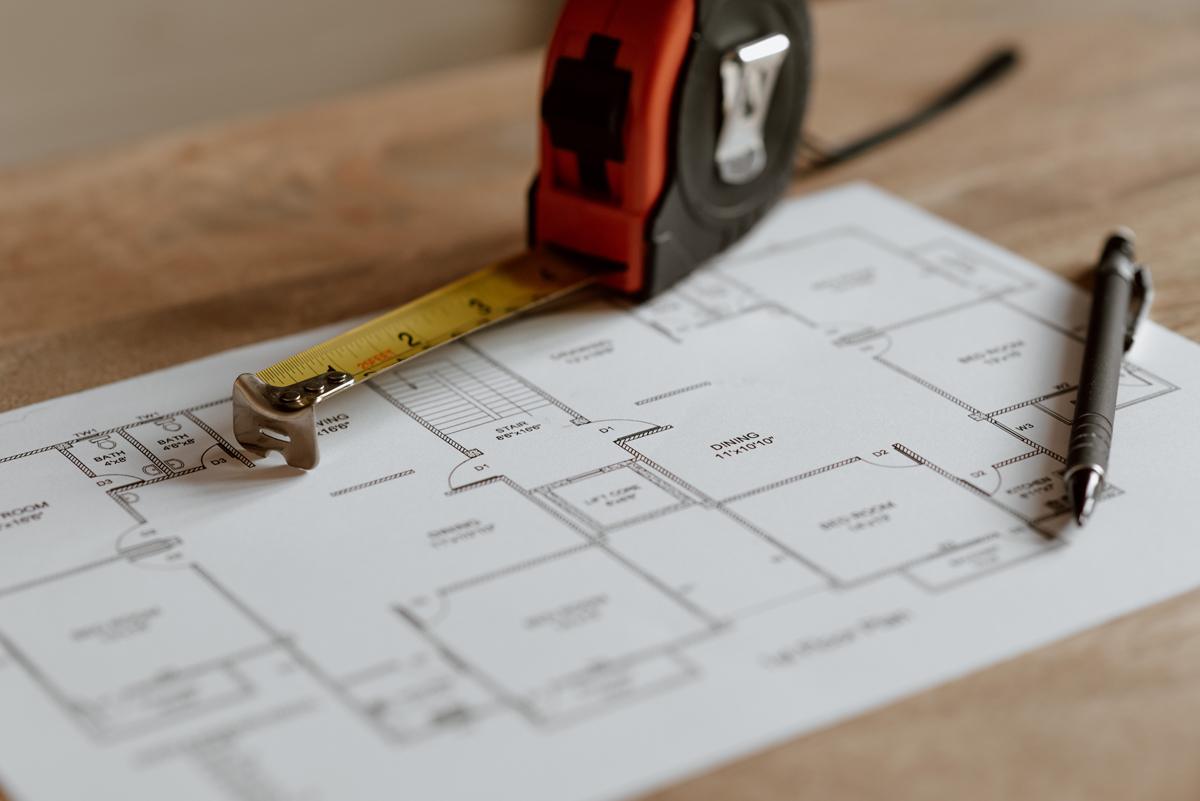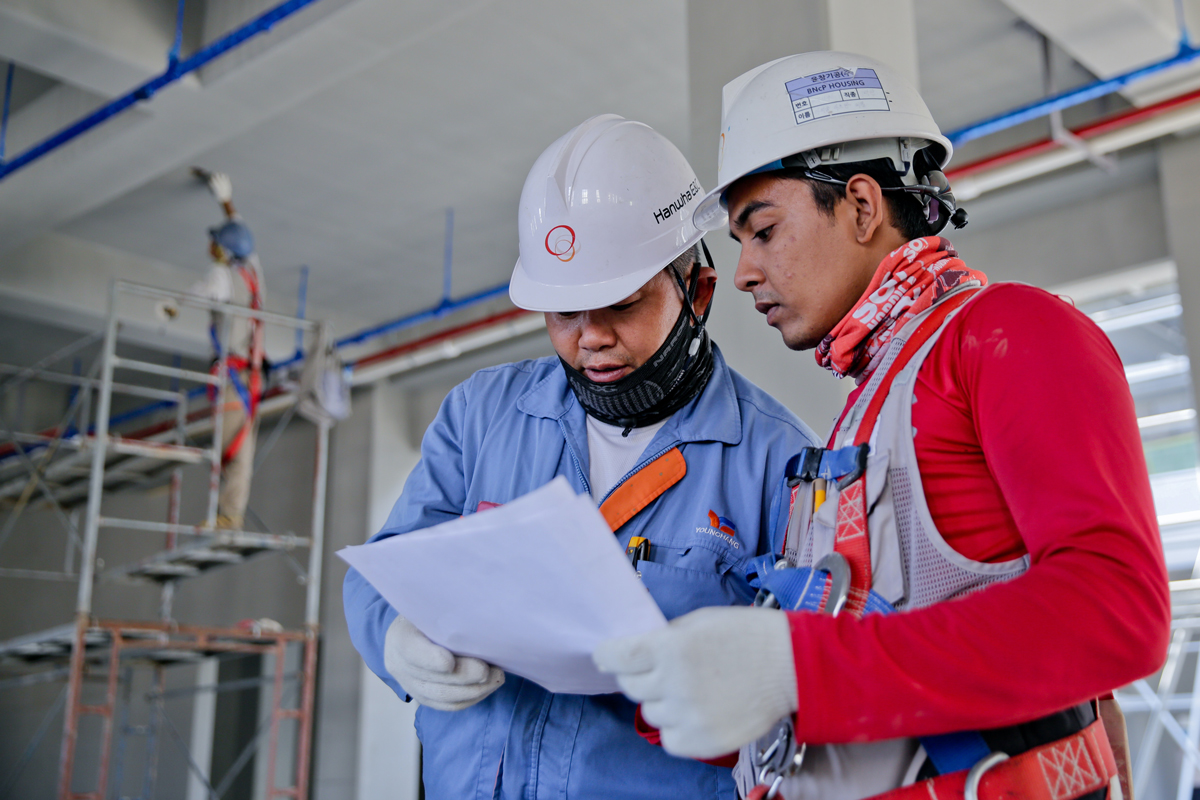Exclusive Neuroject Article: In today’s competitive market, this must be challenging to deliver projects on time, within the determined budget, and with high quality. Lean construction management is a methodology that helps stakeholders to reduce the project’s waste while improving overall project efficiency. Significant improvement in productivity, quality, and customer satisfaction is achievable by adopting this principle. However, the implementation of Lean management is not a simple task and there are some challenges and limitations that prevent it.
Understanding the challenges of lean management and the best practices for implementation could help construction companies to successfully achieve improvements in their project’s outcome. In this article, the challenges and limitations will be explored, and some recommendations will be explored as good practices to implement Lean construction management. Besides, three main tools in Lean Management will be introduced.
What are the Challenges and Limitations of Lean Management?
The Lean construction management approach has gained significant traction in various industries due to its effectiveness in streamlining processes and reducing waste. However, implementing this approach in construction projects presents several challenges and limitations.
One of the primary challenges of Lean management in construction, particularly in large-scale projects, is the reluctance to adapt. Construction projects involve numerous stakeholders, each with their own objectives and perspectives. Successful implementation of Lean construction management requires aligning everyone towards a shared objective, which can necessitate a cultural shift that may not be immediately accepted.
Another significant challenge is the lack of standardization in the construction industry. Unlike mass production in manufacturing, construction projects often require unique solutions. The complexity and unpredictability of construction projects make it challenging to optimize processes and eliminate waste. The lack of standardization can make it difficult to apply Lean management principles and tools effectively.
A lack of understanding and training can also pose significant challenges in implementing Lean construction management. An in-depth comprehension of the principles and tools involved, through practical and theoretical training, is essential to ensure successful implementation. Unfortunately, the construction industry may not possess the necessary knowledge and training to achieve optimal outcomes.
Lean construction management principles can greatly improve project efficiency, cost reduction, and customer satisfaction. However, careful consideration and planning are necessary to address the challenges associated with implementing Lean management in construction projects. This requires collaboration, standardization, and a thorough understanding of Lean management principles and tools. By addressing these challenges, the construction industry can successfully implement Lean construction management and reap its benefits.

Best Practices for Implementing Lean Management
Lean Construction’s implementing process is a continuous improvement procedure that demands strong commitment and dedication from all parties involved. It is a systematic approach to creating value, eliminating waste, and increasing efficiency in construction projects. Implementing Lean construction management requires following best practices, which are discussed below.
One of the best practices for implementing Lean construction management is to set clear goals before beginning a project. This will help the project team to stay focused on the common purpose and align stakeholders toward a shared objective. Establishing clear goals and objectives also could motivate the project team and improve their performance.
Building a collaborative team is another key to ensuring a successful Lean construction management implementation. All stakeholders, including owners, designers, and contractors, need to collaborate and communicate strongly during a construction project to align toward common goals. This will lead to better coordination and cooperation among team members, resulting in increased efficiency and reduced waste.
In the age of technology, embracing technological systems and digital tools is necessary for successful Lean construction management implementation. Utilizing construction management software, BIM, Augmented Reality (AR), and Radio Frequency Identification (RFID) could help in streamlining construction processes and reducing waste.
However, Lean construction management tools are an essential part of Lean principles implementation in construction projects. Value Stream Mapping (VSM), Last Planner System (LPS), and Target Value Design (TVD) are the three main tools that are used to ensure successful Lean construction management implementation. VSM helps in identifying waste and streamlining processes, LPS assists in managing production flow and planning, and TVD is used to align project goals with available resources.
implementing Lean construction management is a continuous improvement process that requires strong commitment and dedication from all parties involved. Following best practices like setting clear goals, building a collaborative team, embracing technology, and using Lean construction management tools will result in increased efficiency, reduced waste, and value creation.

1. Value Stream Mapping (VSM)
Value Stream Mapping also called VSM is an excellent Lean construction tool that is used to monitor the flow of materials, information, and work in large-scale construction projects. It provides engineers and project managers with insight into how to optimize the flow of work and reduce the wastes such as inventory, overproduction, and motion.
VSM enables the stakeholders to identify areas of waste and inefficiency by mapping out the flow of work in construction projects. This system is also visualizing and developing strategies to improve the flow of work. In other words, this system maps the items to identify whether or not they add value from the customer’s standpoint.
The first step in value stream mapping is identifying the value stream which is identifying all the steps in the process. The next step involves mapping out the materials, information, and work processes. Then the current state should be analyzed to identify the wastes, bottlenecks, and inefficiency. Finally, after mapping the future state and developing a new process it should be implemented.
Although there are some challenges associated with VSM, adopting the VSM approach could also be beneficial for stakeholders and project managers. VSM could result in reducing waste and rework while improving project performance through optimizing project processes. This finally could result in customer satisfaction and enhance the popularity and fame of the company.
VSM is an essential tool for Lean construction management that allows for the optimization of the flow of work and the reduction of waste and inefficiencies. By following the steps of identifying the value stream, mapping out the processes, analyzing the current state, and implementing a new process, stakeholders and project managers can work towards achieving greater project success and customer satisfaction.

2. Last Planner System (LPS)
The Lean Construction Institute’s Last Planner System (LPS) is a fundamental and widely used tool in Lean construction management. LPS aims to improve the efficiency and productivity of personnel by incorporating planning, monitoring, and management during a project. This collaborative system is designed to ensure efficient planning and to anticipate any potential problems, delays, and wastes in order to effectively address them.
The success of the last planner system depends on the reliable commitment of team members. Each participant makes a promise to complete their assigned task within the designated time frame and is held accountable for keeping their promise. This practice promotes commitment among workers and helps to ensure that tasks are completed on time and that everyone is on the same page.
There are three key components of LPS: a master schedule, a high-level plan that schedules the major objectives and deadlines of the project; a Phase schedule, which outlines the detailed plan assigned to all team members to complete each phase of the project; and a Weekly Work Plan, a short-term plan that outlines weekly tasks. Additionally, holding “make work planning” meetings and daily “Learning Meetings” for the last planners are crucial parts of LPS.
LPS can be beneficial in various ways, such as improved communication, reduced waste and rework, and increased efficiency and productivity. Using this tool can ensure the completion and delivery of all tasks on time and in a standard way.
Furthermore, the Last Planner System is not just a tool for project managers or construction professionals; it can also benefit clients, designers, and other stakeholders involved in a project. By promoting transparency, accountability, and continuous improvement, LPS can help to build stronger relationships and create better outcomes for everyone involved.

3. Target Value Delivery (TVD)
One of the main Lean construction management tools is Target Value Delivery or TVD which aims to develop the project’s value by identifying cost savings while aligning the owner’s objective with the project’s budget. In other words, this tool has been developed to set a target value for the project and then align every phase of the project with this value. This approach helps to schedule delays and minimizes the risk of cost overruns by engaging all the stakeholders in the development of the project budget.
The concept of TVD was first developed by Glenn Ballard and Greg Howell at the University of California, Berkeley as part of the Lean construction movement in the 1990s and since that time it has gained widespread attention and recognition due to its success in achieving the desired outcomes for construction projects.
The TVD approach includes continuous monitoring of the project’s progress and adjusting the design and construction process to stay within the target value. This practice involves several steps beginning with setting the target value, then determining designers, developing the conceptual design, adopting the project’s objectives, and arranging the budget.
Target value delivery is beneficial for lots of professionals and organizations. One of the significant benefits of this system is enhancing collaboration and communication between all parties involved in the project which could result in improved decision-making and a more efficient project delivery process.
In conclusion, TVD is a highly effective Lean construction management tool that can significantly improve the outcomes of construction projects. By aligning the project with a target value and continuously monitoring progress, TVD helps to reduce costs, minimize risks, and improve collaboration and communication between all parties involved. Whether you’re an owner, contractor, designer, or supplier, adopting the TVD approach can lead to more efficient project delivery and ultimately, more satisfied clients.

Conclusion
In order to achieve better project outcomes in the construction industry, Lean management practices are widely adopted by stakeholders and managers. The implementation of lean management is not a trouble-free process as it is hard to align all stakeholder’s objectives while training all of them toward a deep understanding of the principles and tools. On the other hand, there is a lack of standardization in the construction industry due to the uniqueness of construction projects. Despite these challenges, Lean management practices have been shown to improve efficiency, reduce costs, and enhance project outcomes.
However, to successfully implement this management system, some recommendations have been made, such as establishing clear objectives, using collaborative team members, taking advantage of present-time technologies, and, most importantly, leveraging the Lean management tools. Three main tools of Lean management are 1. Value Stream Mapping (VSM) 2. Last Planner System (LPS) and 3. Target Value Delivery (TVD). By using these tools, stakeholders and managers can ensure that their projects are completed on time, within budget, and to the highest quality standards.
Suggested article for reading:
Top 7 Sustainable Architecture Projects
important construction technology in 2024
What are 8 wastes in Lean Construction?
Traditional vs Lean Construction
Resources:
fieldwire | leanconstruction.org | leanconstructionblog.com
For all the pictures: pexel




